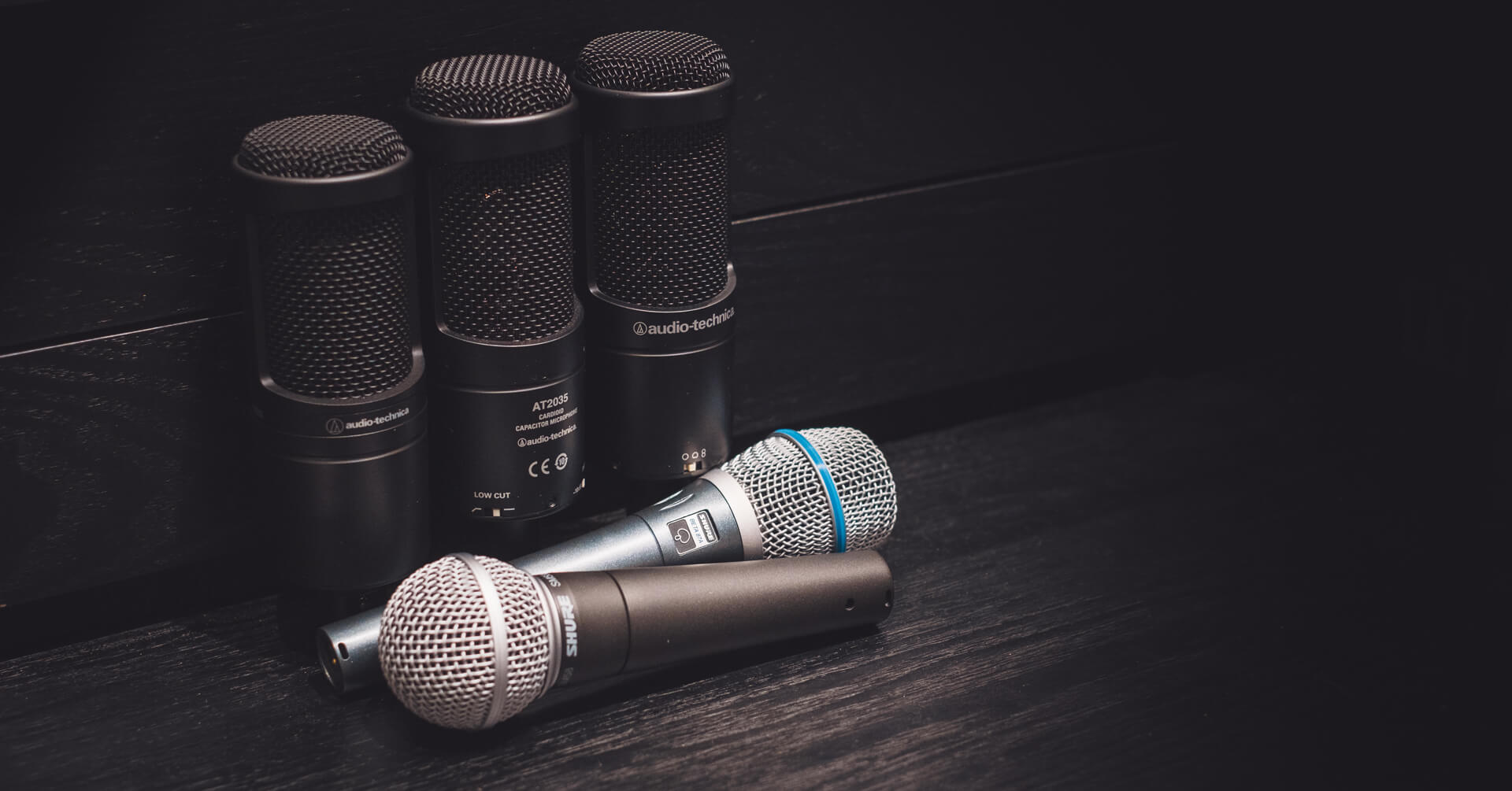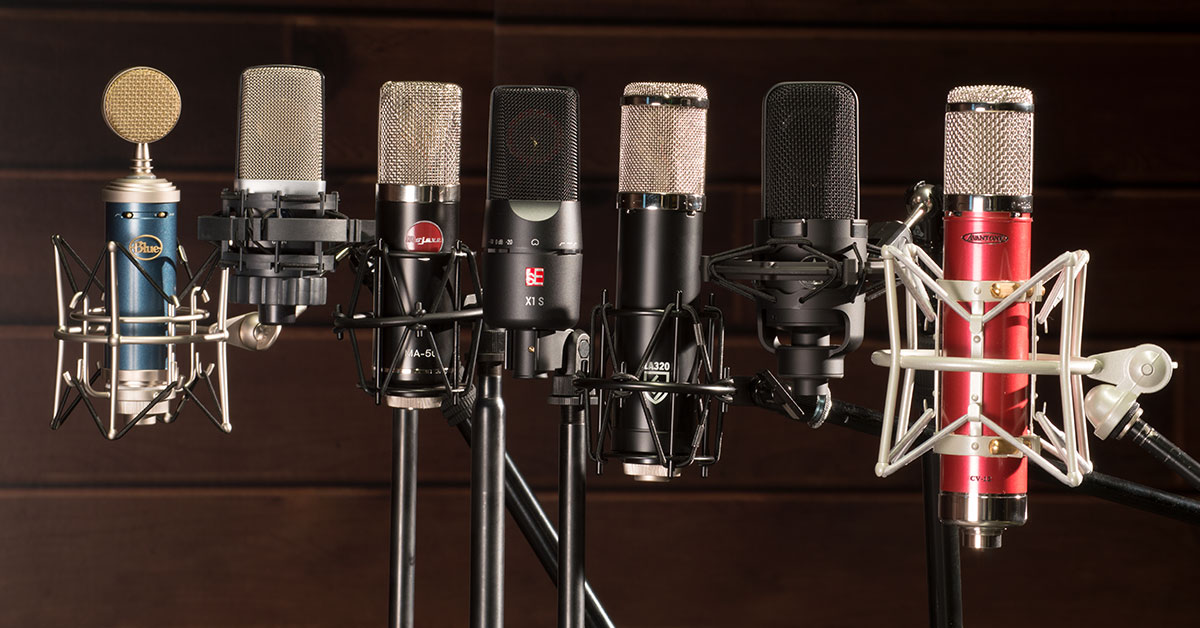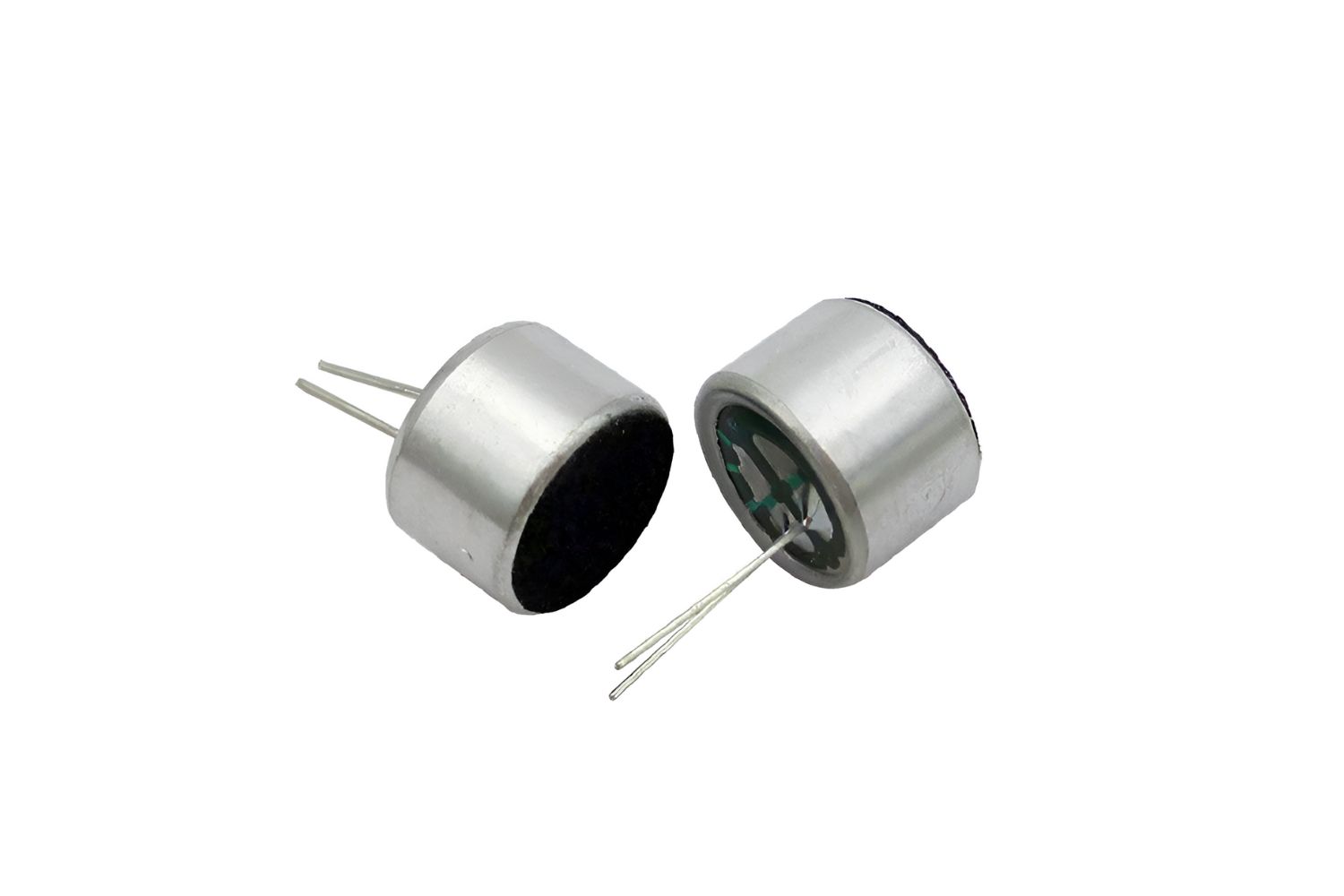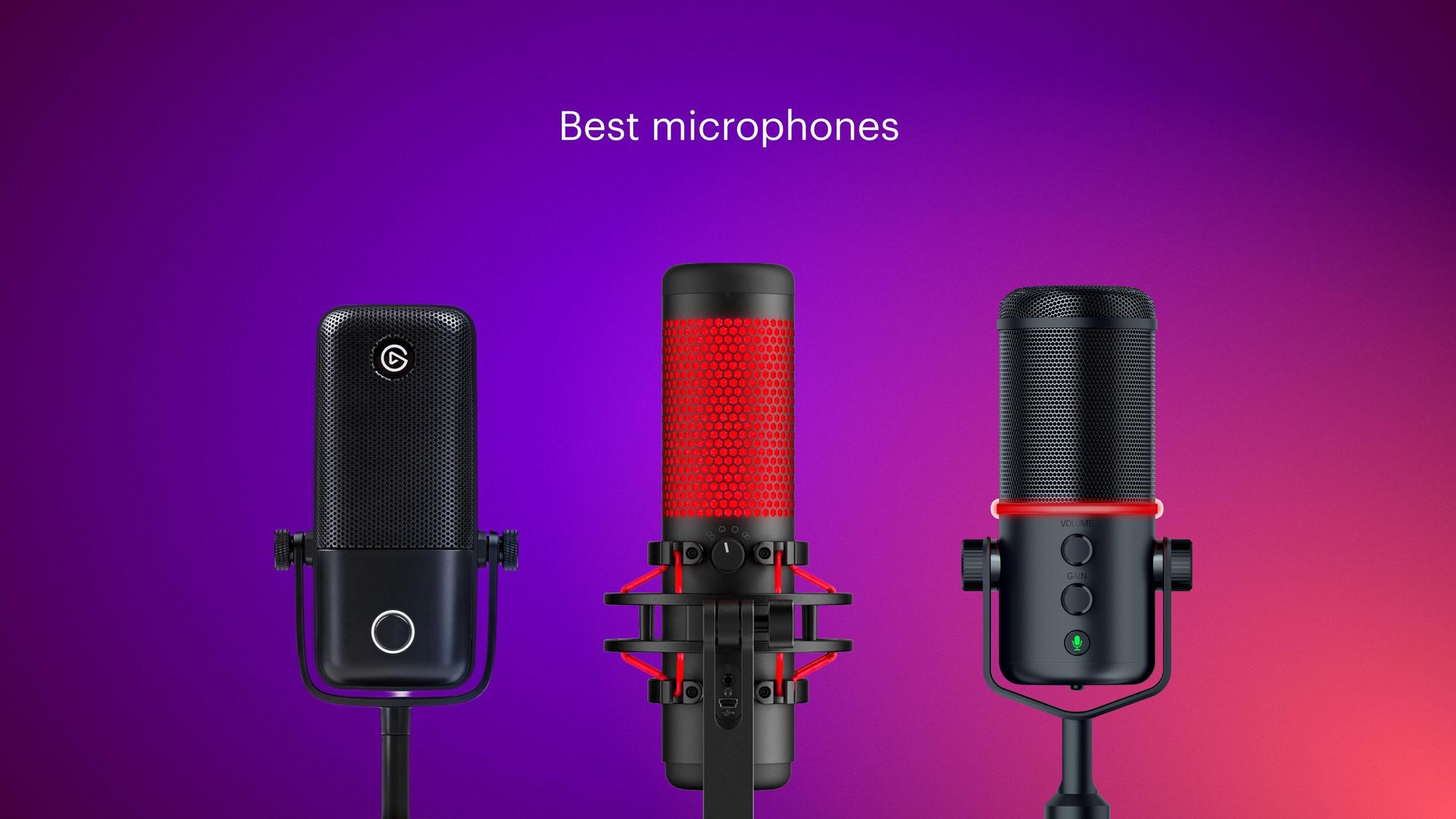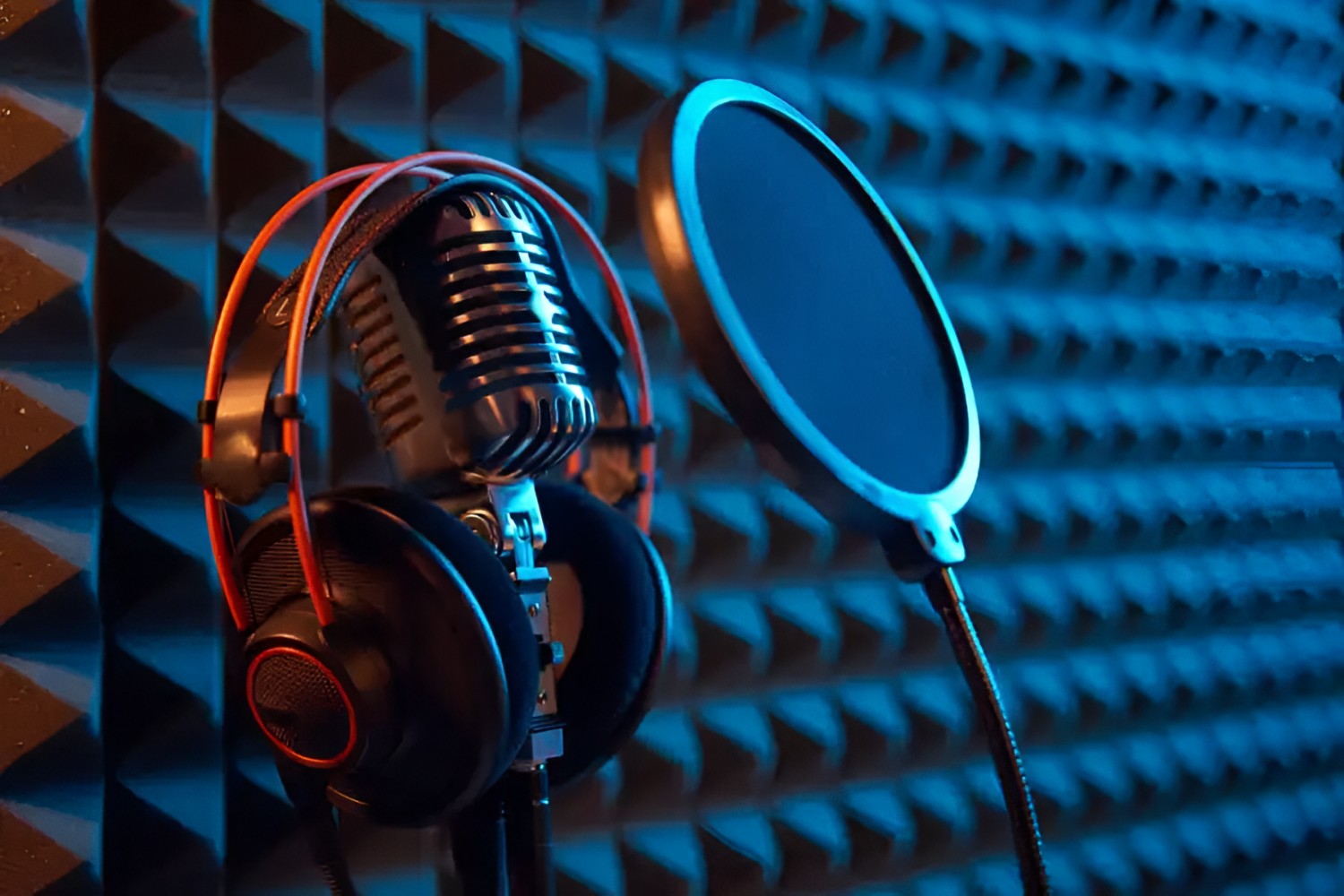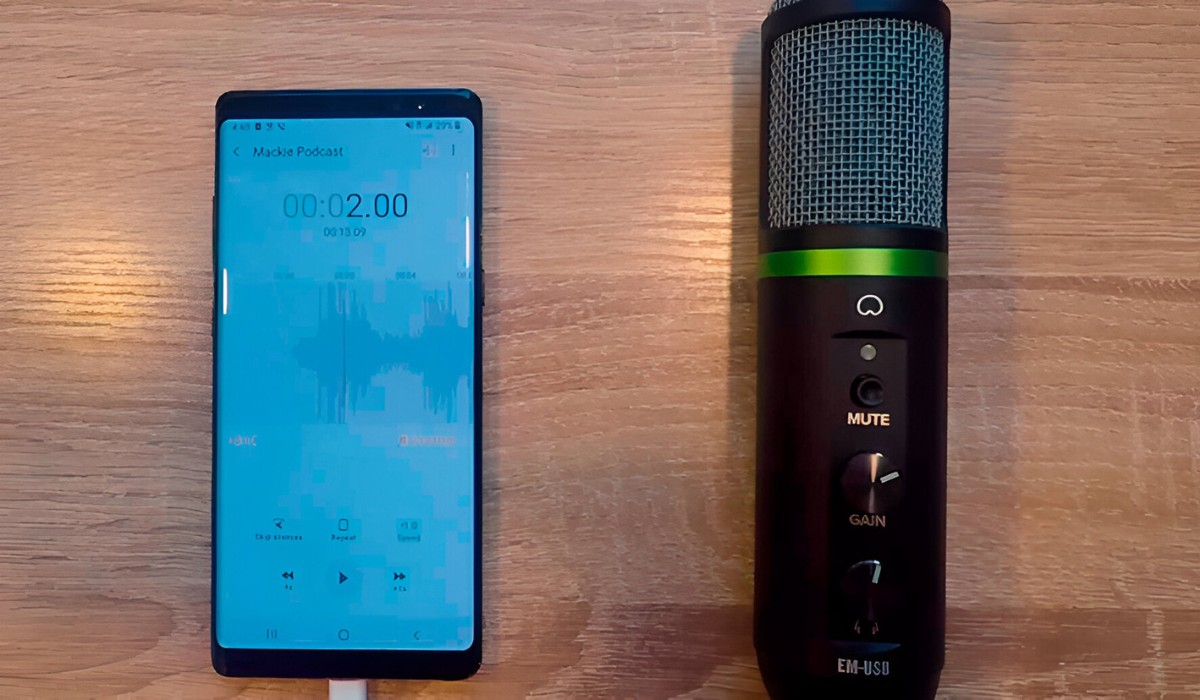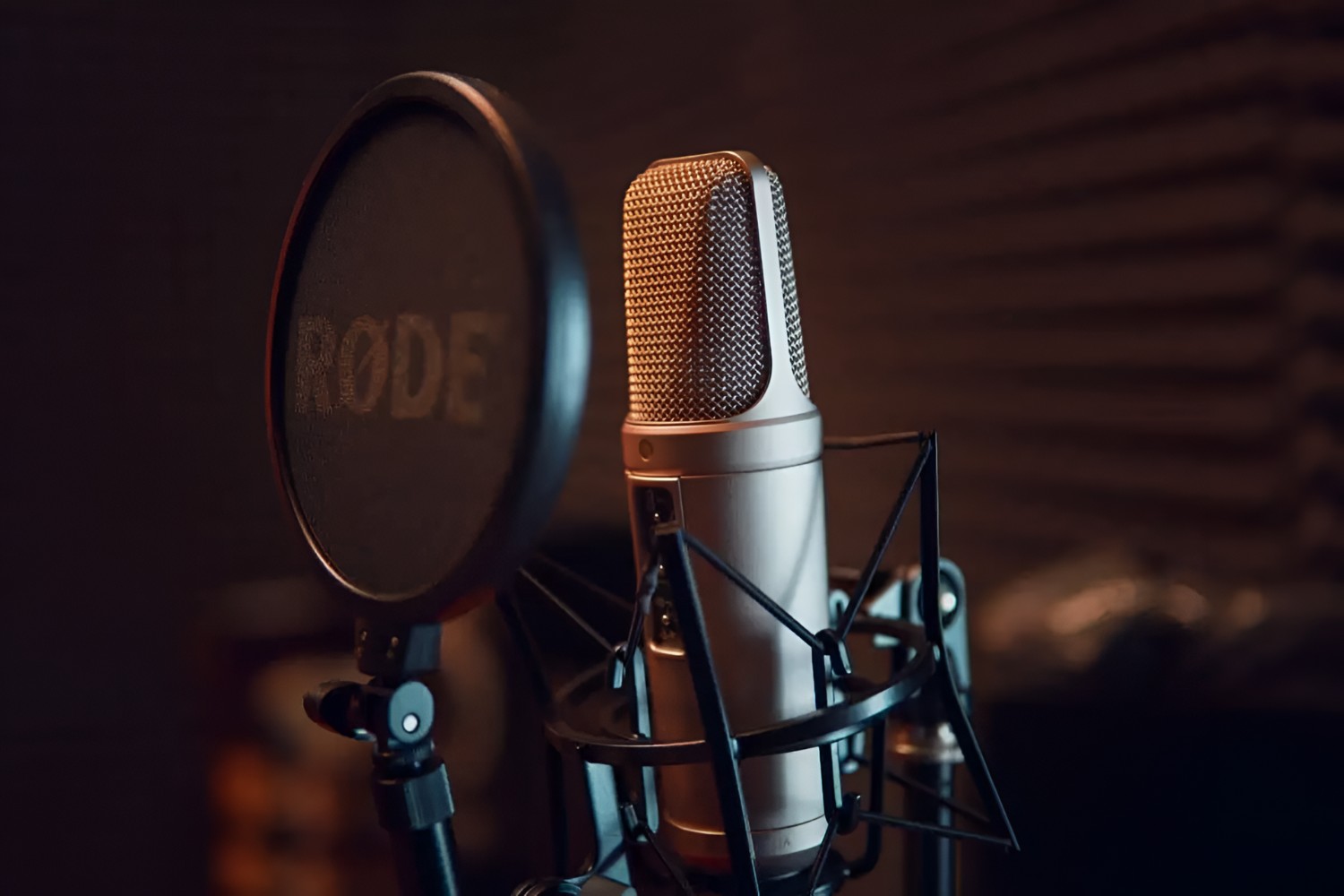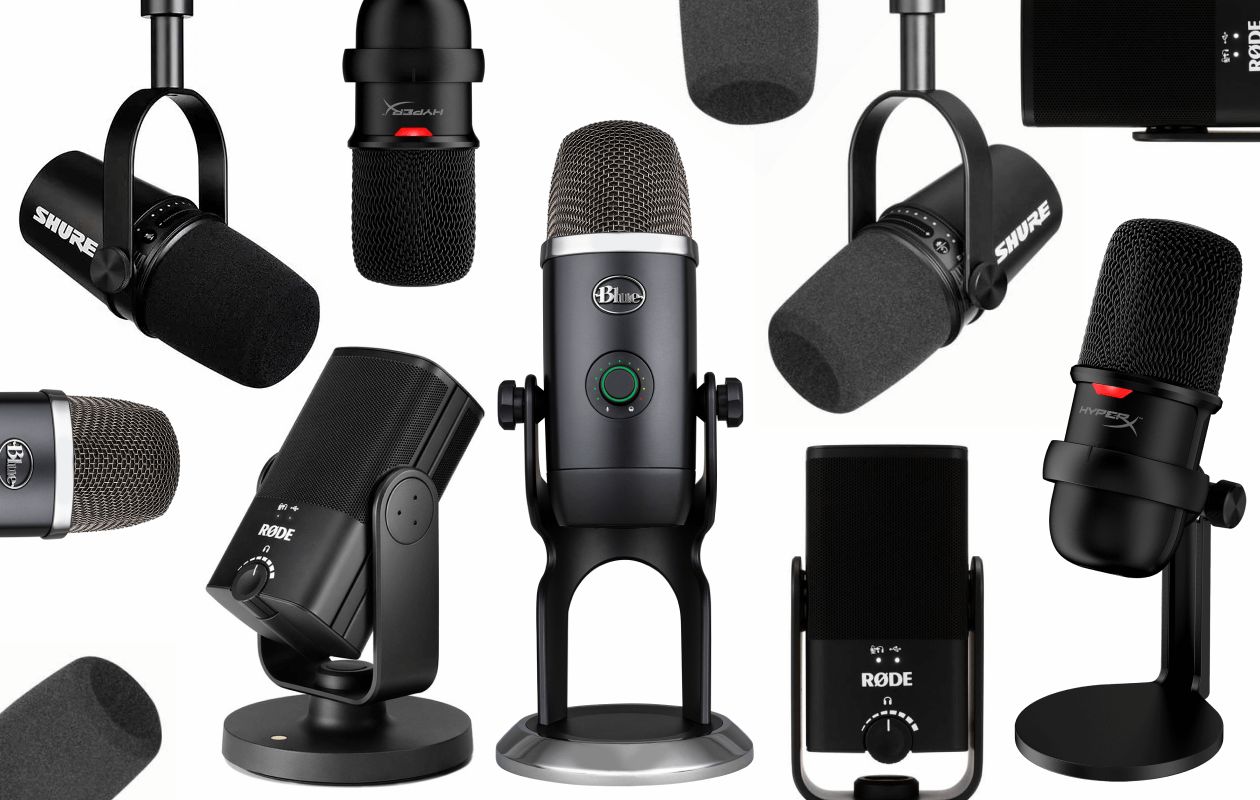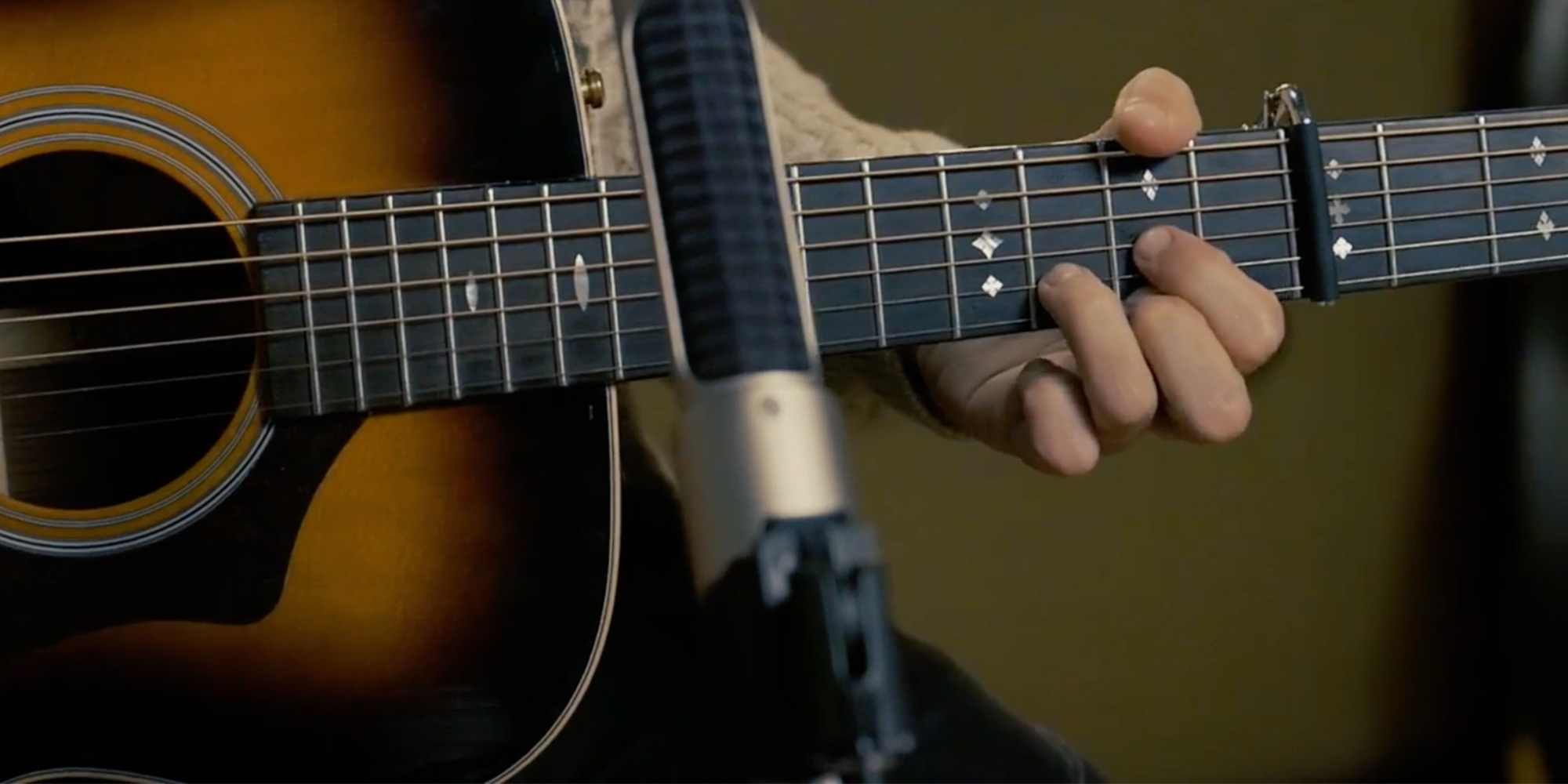Introduction
When it comes to recording high-quality audio, condenser microphones are a popular choice due to their exceptional sensitivity and accuracy. However, like any electronic device, condenser microphones are susceptible to various issues that can affect their performance. Understanding the potential reasons for a condenser microphone malfunction is crucial for both users and audio professionals. By delving into the common causes of malfunctions, users can take proactive measures to prevent such issues and ensure the longevity of their equipment.
In this comprehensive guide, we will explore the factors that can lead to a condenser microphone breaking down. From physical damage to manufacturing defects, we will cover the various aspects that can compromise the functionality of these sophisticated recording devices. By gaining insights into these potential issues, users can adopt best practices for handling and maintaining their condenser microphones, ultimately minimizing the risk of malfunctions and maximizing the lifespan of their equipment.
Let's delve into the intricacies of condenser microphone malfunctions, shedding light on the diverse factors that can contribute to their breakdown. Whether you are a seasoned audio engineer or a budding content creator, understanding the vulnerabilities of condenser microphones is essential for preserving the integrity of your recordings and ensuring consistent audio quality.
Physical Damage
One of the most common ways a condenser microphone can break is through physical damage. These delicate devices are susceptible to harm from mishandling, accidental drops, or exposure to excessive force. Even a minor impact can disrupt the intricate internal components, leading to a loss of sensitivity or complete malfunction.
Several scenarios can result in physical damage to a condenser microphone:
- Accidental Dropping: Mishandling or dropping the microphone can cause irreparable harm to its internal circuitry, diaphragm, or other sensitive parts. This can result in distorted audio, loss of sensitivity, or complete failure.
- Excessive Force: Applying excessive pressure to the microphone, such as forcefully pressing the diaphragm or exposing it to strong impacts, can lead to permanent damage.
- Mishandling: Improper storage or handling, such as storing the microphone in a crowded, unsafe environment, can increase the risk of physical damage over time.
To mitigate the risk of physical damage, users should handle condenser microphones with care, store them in secure locations when not in use, and avoid exposing them to unnecessary risks. Additionally, investing in protective cases or shock mounts can provide an added layer of defense against accidental damage.
By being mindful of the potential for physical harm, users can take proactive measures to safeguard their condenser microphones, ensuring that they remain in optimal condition for recording purposes. Understanding the impact of physical damage is essential for maintaining the longevity and performance of these sensitive audio devices.
Moisture and Humidity
Moisture and humidity can pose significant threats to the functionality of condenser microphones, making them susceptible to a range of issues that can compromise their performance. The delicate internal components of condenser microphones are highly sensitive to environmental factors, and exposure to moisture or high humidity levels can lead to corrosion, electrical shorts, and other detrimental effects.
Here are some key considerations regarding moisture and humidity:
- Corrosion: Exposure to moisture can lead to the corrosion of crucial components within the microphone, such as the diaphragm, circuitry, and connectors. This can result in degraded audio quality, intermittent malfunctions, or complete failure.
- Electrical Shorts: Moisture can facilitate the occurrence of electrical shorts within the microphone, leading to erratic behavior, malfunctions, or permanent damage to the internal circuitry.
- Mold and Mildew: High humidity levels can create an environment conducive to the growth of mold and mildew, which can infiltrate the microphone and compromise its functionality.
To mitigate the risks associated with moisture and humidity, it is essential to store condenser microphones in controlled environments with stable temperature and humidity levels. Additionally, using desiccant packets or dehumidifiers in storage areas can help maintain an optimal environment for the microphone. When transporting the microphone, especially in humid conditions, utilizing protective cases with moisture-absorbing properties can offer an additional layer of defense.
By being mindful of the impact of moisture and humidity, users can take proactive measures to protect their condenser microphones from environmental threats, ensuring consistent performance and longevity. Understanding the vulnerabilities of condenser microphones to moisture-related issues is pivotal for maintaining their reliability in diverse recording environments.
Overloading
Overloading a condenser microphone can lead to a range of issues that compromise its functionality and audio quality. This occurs when the microphone is subjected to sound pressure levels that exceed its maximum handling capacity, resulting in distortion, clipping, and potential damage to the internal components. Understanding the implications of overloading is essential for users who work with varying sound intensities and aim to preserve the integrity of their recordings.
Key factors related to overloading a condenser microphone include:
- Distortion: When a condenser microphone is overloaded, it can produce distorted audio, characterized by harsh, unpleasant sound artifacts that detract from the recording quality.
- Clipping: Overloading can cause the microphone to clip, resulting in the abrupt, unnatural truncation of audio waveforms, leading to a loss of detail and fidelity in the recording.
- Diaphragm Damage: Prolonged exposure to excessive sound pressure levels can damage the diaphragm of the microphone, impacting its sensitivity and overall performance.
To prevent overloading, users should be mindful of the microphone’s maximum sound pressure level (SPL) and ensure that it is not exceeded during recording or live sound reinforcement. Utilizing appropriate pop filters, windshields, or attenuators can help mitigate the impact of sudden spikes in sound intensity, safeguarding the microphone from overloading-related issues.
By understanding the risks associated with overloading, users can implement effective strategies to protect their condenser microphones from the detrimental effects of excessive sound pressure levels. Maintaining awareness of the microphone’s limitations and employing suitable techniques for managing sound intensity is crucial for preserving its functionality and ensuring consistent, high-quality recordings.
Electrical Issues
Condenser microphones are vulnerable to various electrical issues that can compromise their performance and reliability. These issues may stem from power supply irregularities, faulty connections, or internal circuitry problems, emphasizing the importance of understanding and addressing potential electrical concerns to maintain the microphone’s functionality.
Key electrical issues that can affect condenser microphones include:
- Power Supply Fluctuations: Inconsistent or unstable power supplies can lead to erratic microphone behavior, audio anomalies, and potential damage to the internal components.
- Intermittent Connectivity: Faulty cables, connectors, or input/output ports can result in intermittent connectivity, causing audio dropouts, static, or complete signal loss.
- Phantom Power Problems: Condenser microphones that rely on phantom power may experience issues if the power source is inadequate, improperly configured, or incompatible with the microphone’s requirements.
To mitigate the risks associated with electrical issues, users should ensure that the microphone is connected to a reliable power source, such as a stable phantom power supply or a high-quality audio interface with appropriate voltage levels. Regularly inspecting and maintaining cables, connectors, and input/output ports can help prevent connectivity issues and ensure consistent signal transmission.
Additionally, employing surge protectors, voltage regulators, or uninterruptible power supply (UPS) units can offer added protection against power supply irregularities, safeguarding the microphone from potential damage due to electrical fluctuations or surges.
By proactively addressing electrical concerns and implementing robust measures to maintain stable power and connectivity, users can uphold the integrity of their condenser microphones, ensuring reliable performance and minimizing the risk of malfunctions related to electrical issues.
Manufacturing Defects
Despite stringent quality control measures, condenser microphones, like any electronic device, can be susceptible to manufacturing defects that compromise their functionality. These defects may manifest as anomalies in audio output, erratic behavior, or premature failure, necessitating an understanding of the potential issues arising from manufacturing flaws.
Common manufacturing defects in condenser microphones include:
- Diaphragm Irregularities: Inaccuracies or imperfections in the diaphragm assembly can lead to compromised sensitivity, frequency response irregularities, or distortion in the microphone’s audio capture.
- Internal Component Faults: Defects in crucial internal components, such as capacitors, resistors, or circuit boards, can result in erratic behavior, intermittent malfunctions, or complete failure of the microphone.
- Assembly Errors: Inadequate assembly processes or errors in component integration can lead to issues such as loose connections, misalignments, or compromised structural integrity.
To mitigate the impact of manufacturing defects, users should thoroughly inspect newly acquired condenser microphones for any signs of irregularities or performance issues. Additionally, leveraging warranty protections and adhering to prescribed maintenance practices can help address potential manufacturing defects and facilitate timely resolutions with the manufacturer or authorized service providers.
Understanding the potential implications of manufacturing defects empowers users to exercise vigilance when assessing the performance and reliability of their condenser microphones. By identifying and addressing manufacturing issues promptly, users can uphold the integrity of their equipment and maintain consistent audio quality in their recording endeavors.







